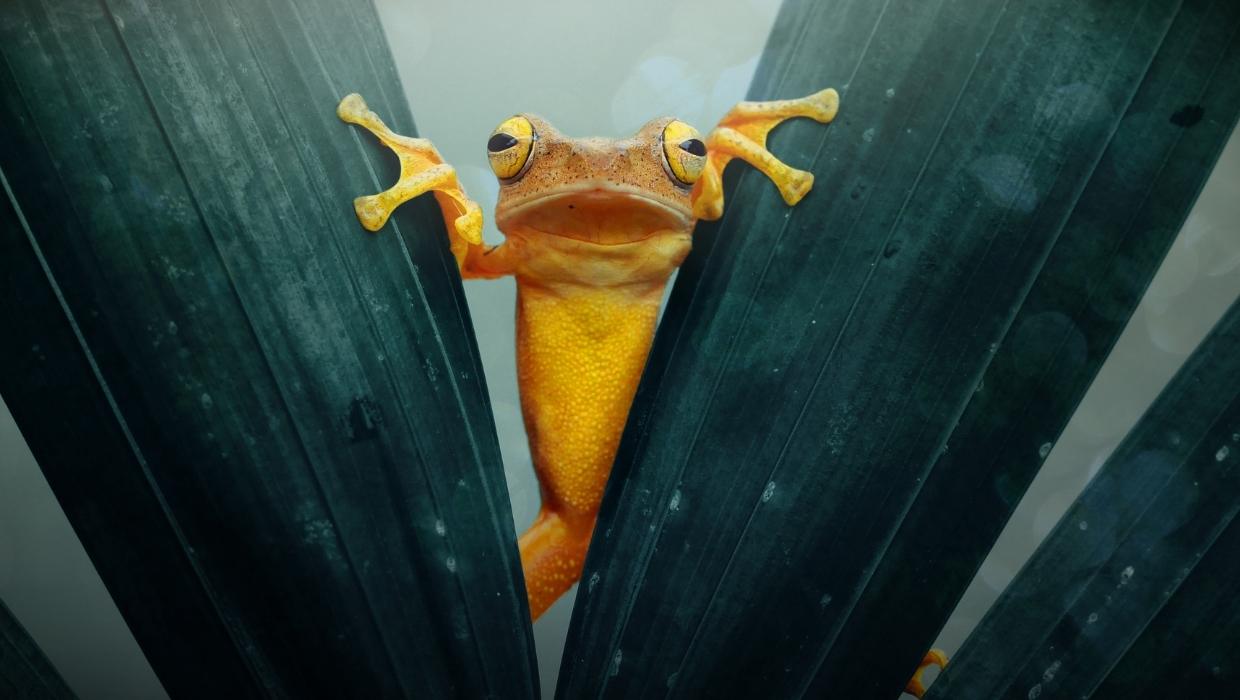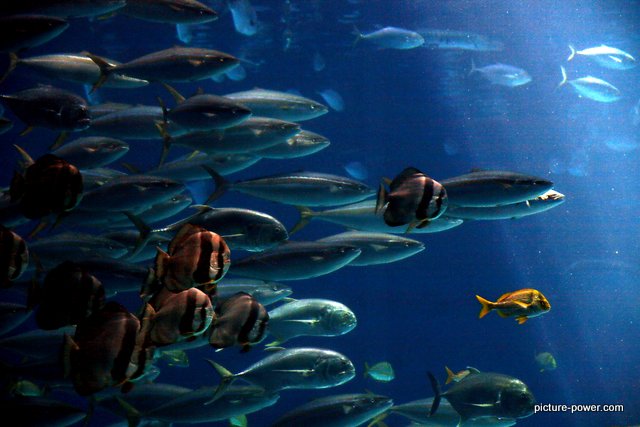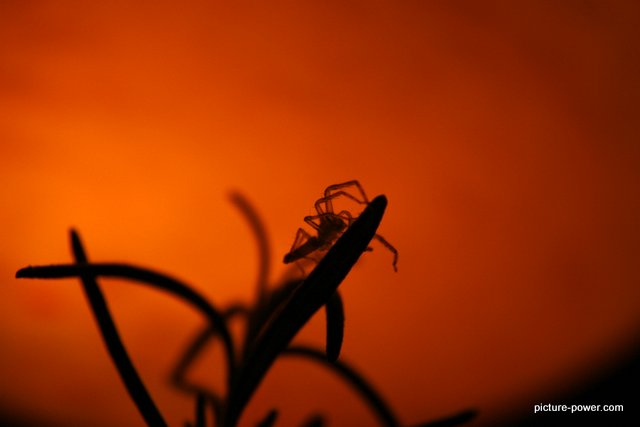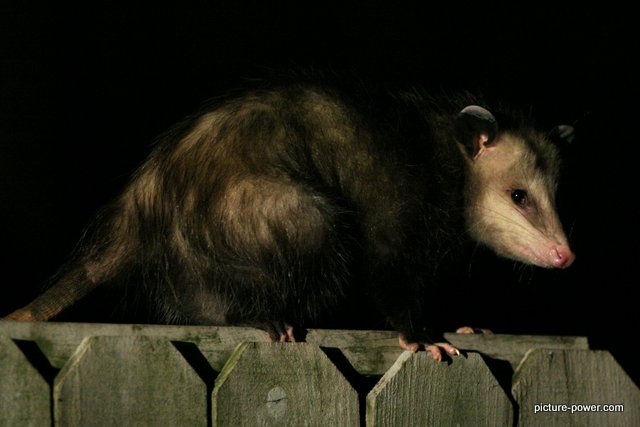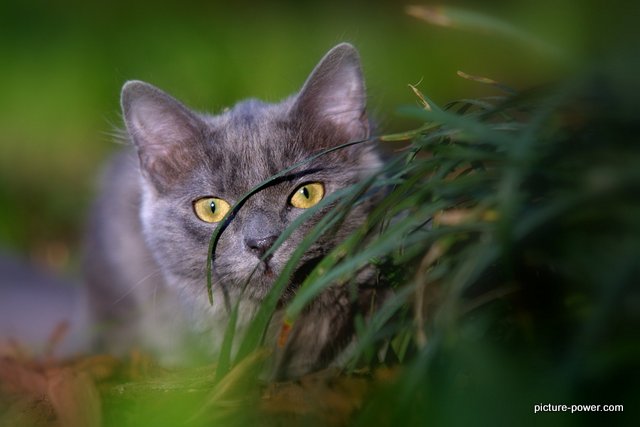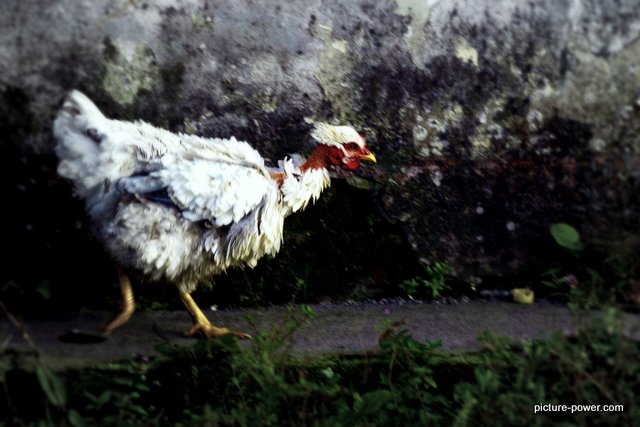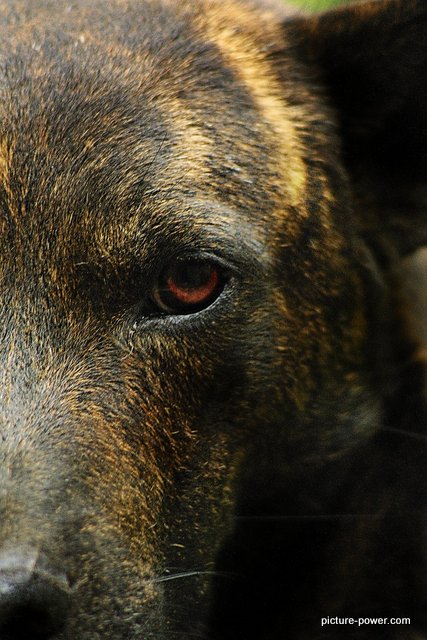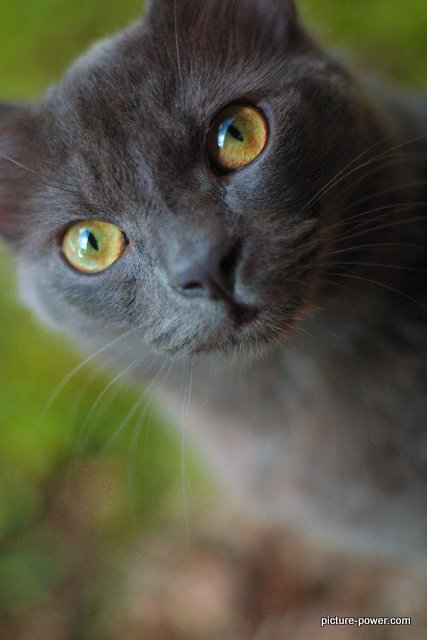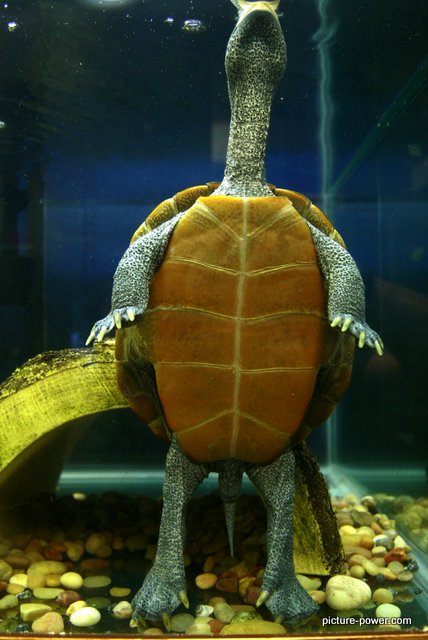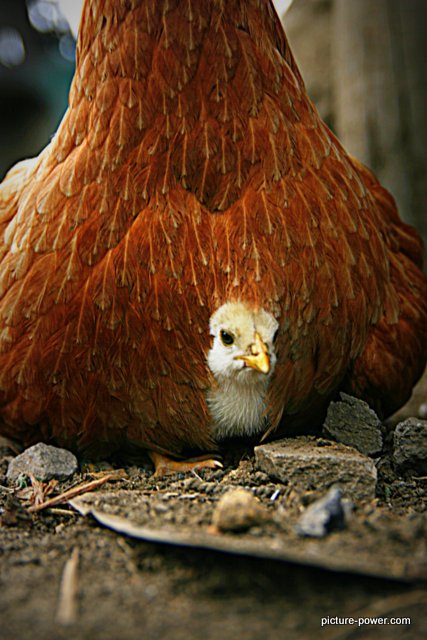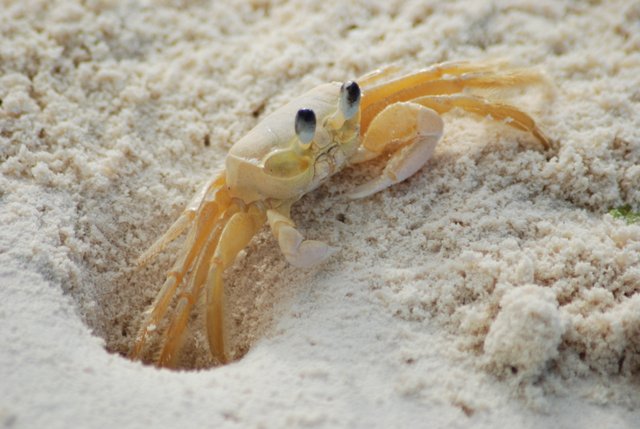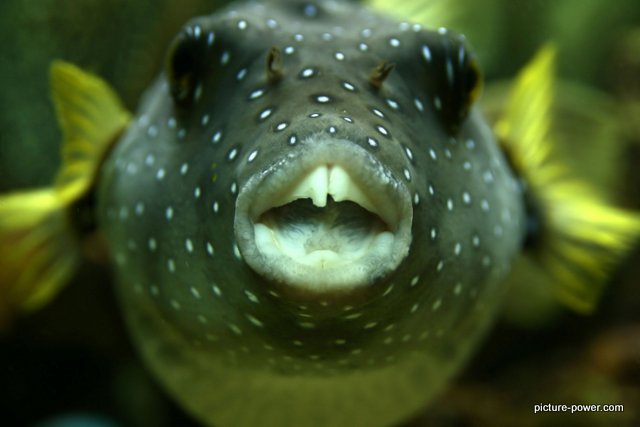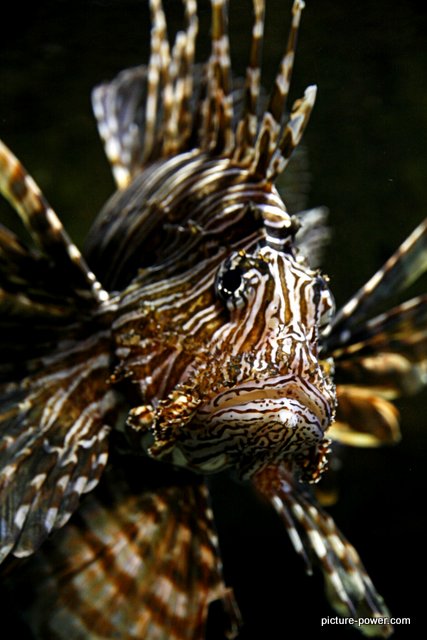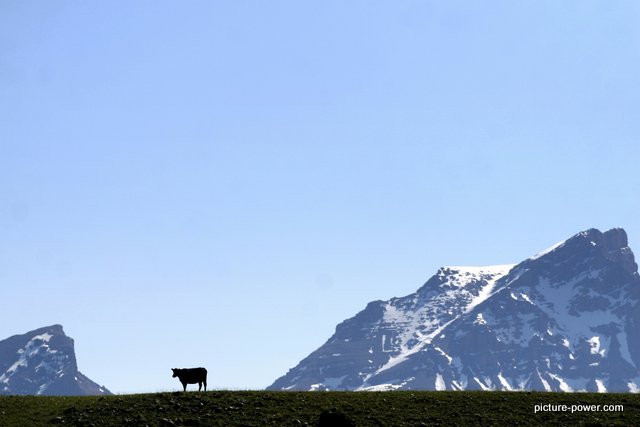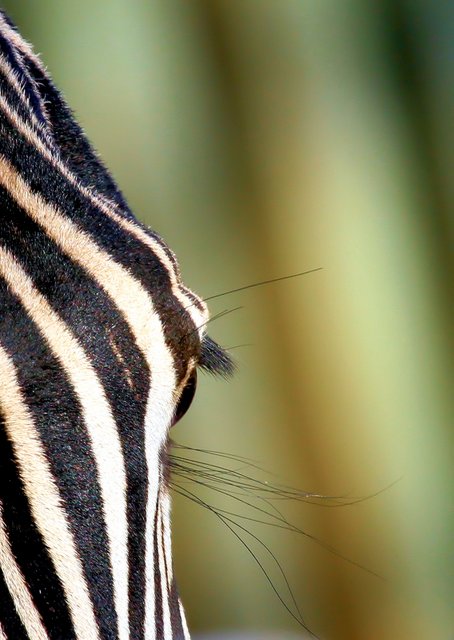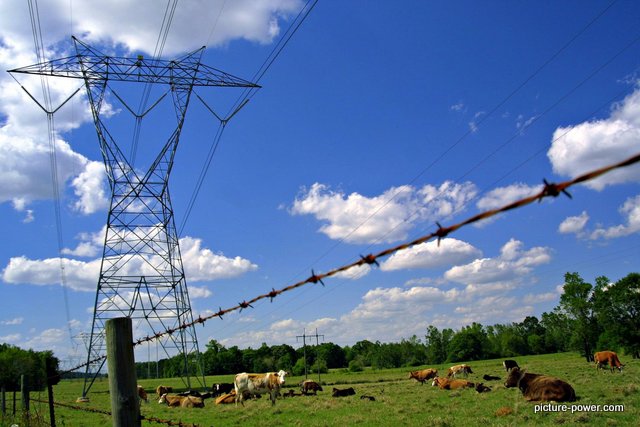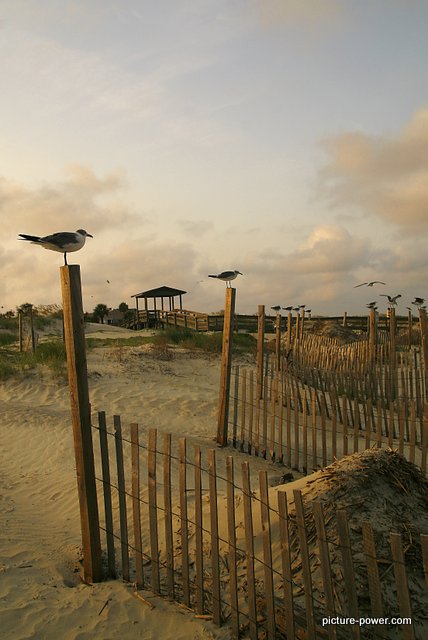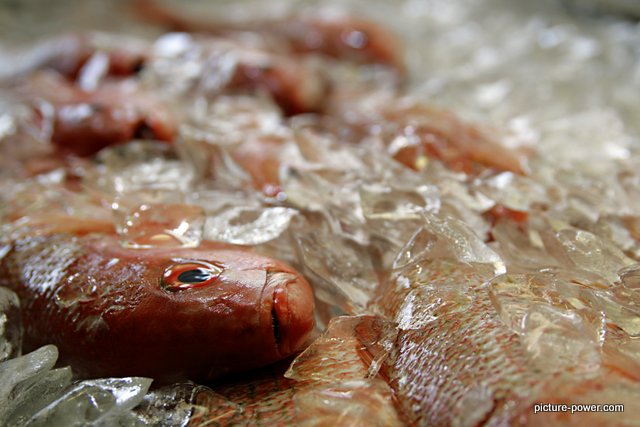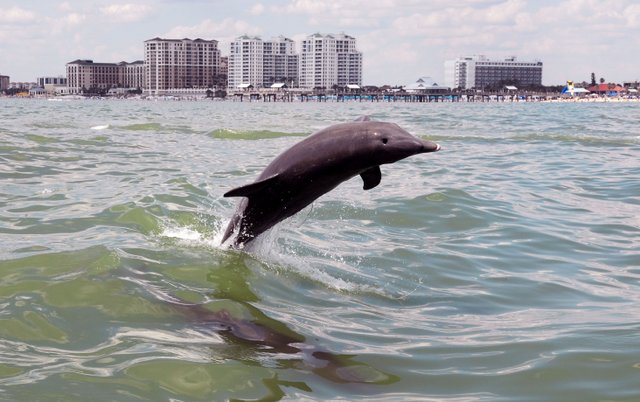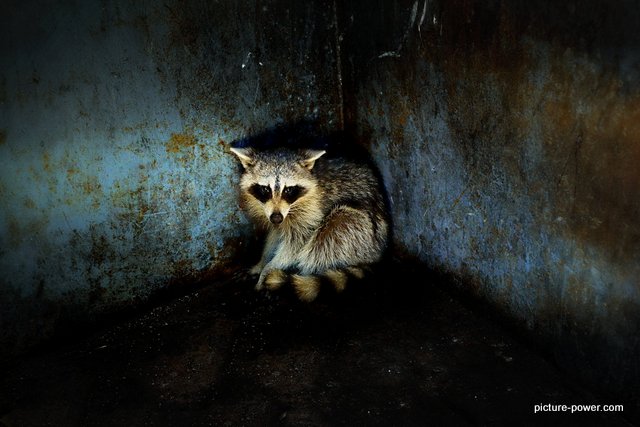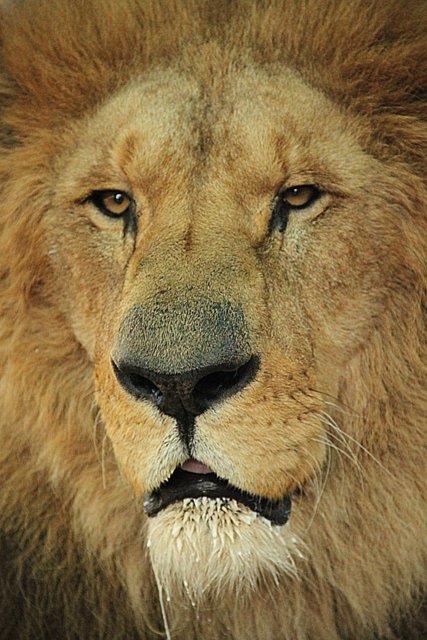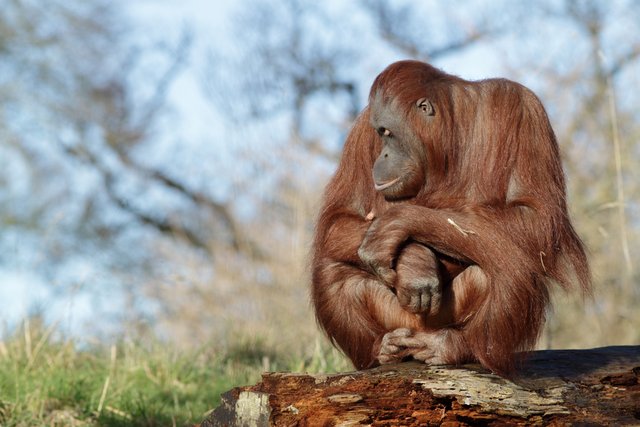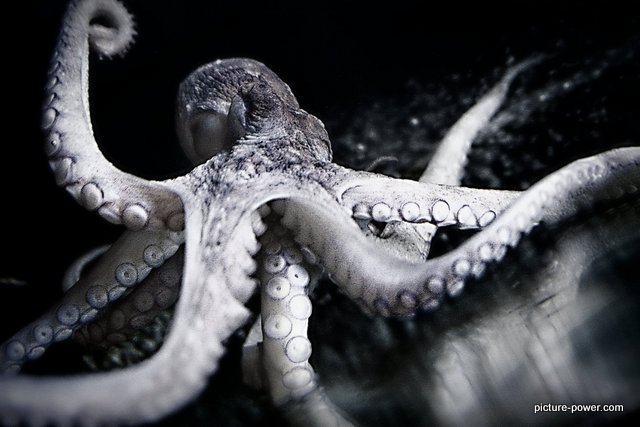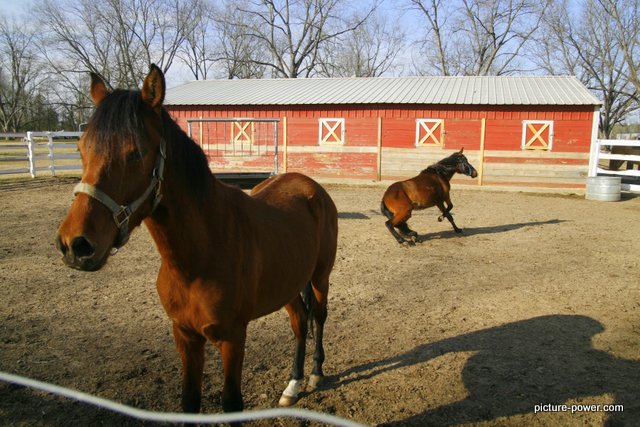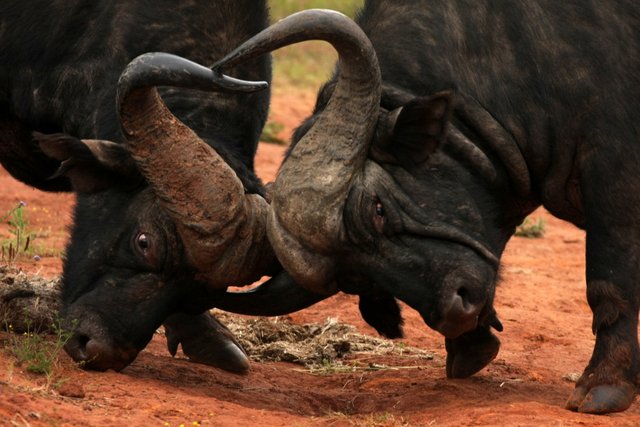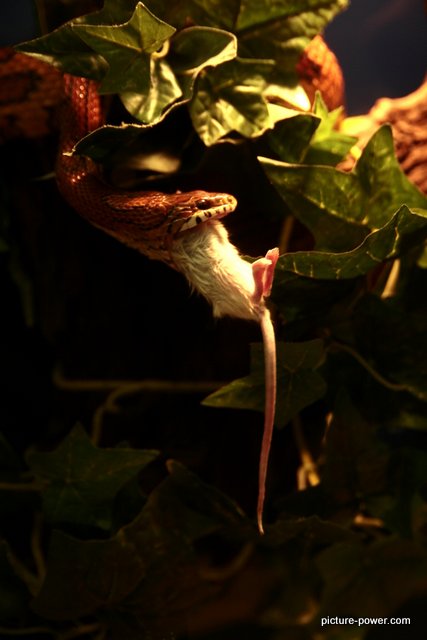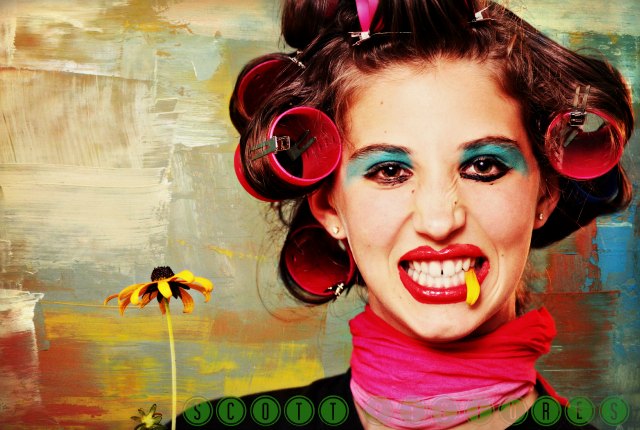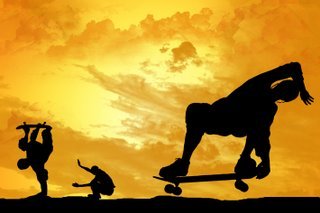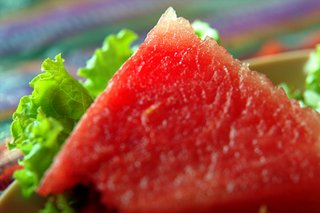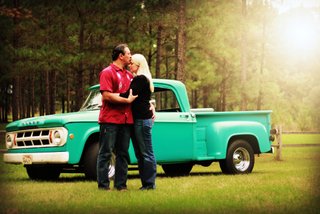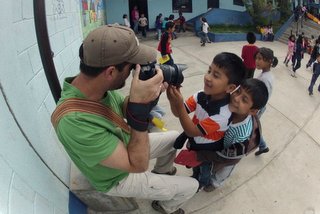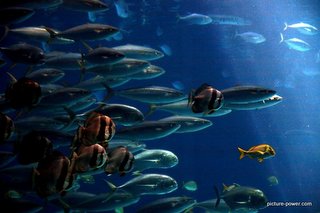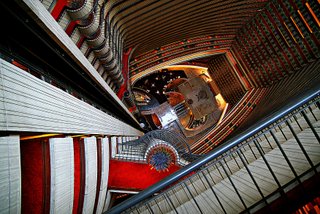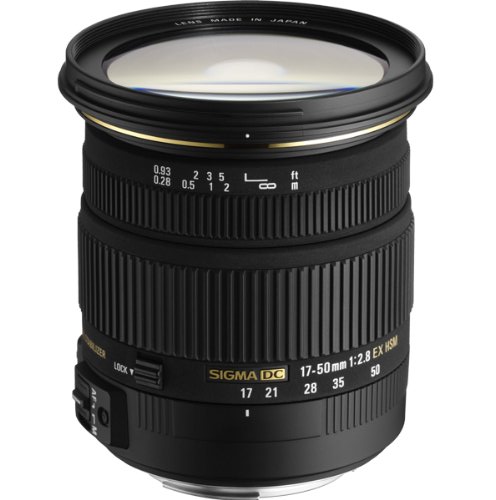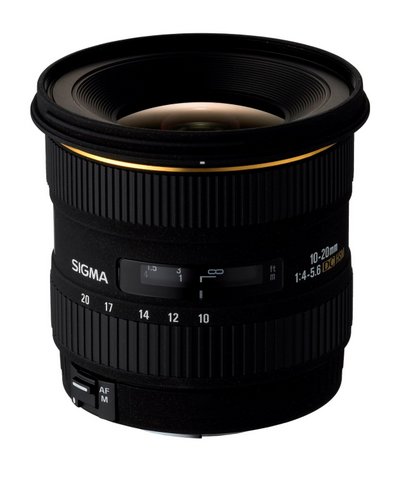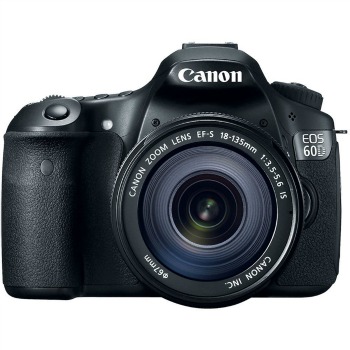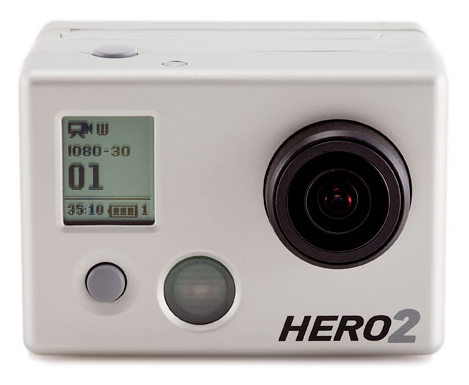Animal Photography Tips
7 Tips For Better Shots Every Time
Animal Photography Tips: Whether you are taking pictures of plates or platypuses there are some basic photography rules that apply to all types of photography. And there are some rules that only apply to animal photography.
Here are seven animal photography tips that cover some basic photography tips as well as tips that are exclusively important for animal photography.
Animal Photography Tips - Lighting
Light is everything in photography. Take away light and you take away any ability to photograph animals, moons, mice and men. Pay particular attention to your light. Always. With every photograph you take.
In a lot of cases with animal photography you will find yourself outside. The best time of day to take pictures outside is around sunrise and sunset (sometimes referred to as the golden hour).
Light cast from the sun during the golden hour casts a warmer tint. The light at this time of day is also softer. Softer light wraps itself around your subject rather than simply bombarding it with tons of light. Too much hard light will create dark (sometimes jet black) shadows which may be hard to fix when you edit your pictures.
If you can, shoot with the sun at your back.
Flash photography often isn't the best way to take pictures of animals. However, if you are taking pictures during the middle of the day you can use your flash to add a little more light on your subject to avoid those dark shadows. This technique, using your flash even when there is plenty of light, is referred to as fill flash.
Above: This back lit picture of a spider works well because the spider has almost transparent legs.
Above: While using a flash may not always be an option, it may be your only choice if your subject is in complete darkness.
Above: By taking your pictures during the golden hours (sunrise/sunset) it makes it easier to get soft, warm light to wrap around your subject. Keeping the sun at your back is the best way to use the sun during this time of day.
Animal Photography Tips - Focusing
If your focus is off just a little it can spell doom for your pictures. Doom I tell you! Animals move fast and often. And animals and have no care whatsoever that you are trying to work. You can substitute "baby pictures" for animal pictures if you want to.
If you think focusing can be a challenge in animal photography, try taking pictures of bugs and other creepy crawlies when your depth of field becomes razor thin. I've written a series of articles dealing specifically with insect photography tips.
To get tack sharp focus focus on your moving beasts (or kitties) think of yourself as a sports photographer. Many of the same sports photography tips can be used for animal photography tips.
First, don't shoot in manual focus mode. It will only drive you mad. Use your camera's auto focus mode to keep up with the action. Be prepared to constantly tap your shutter to acquire and re-acquire focus.
If your subject is moving toward you, use the AI Servo mode in your camera's menu. This will lock the focus on the subject and track it even as it moves toward you. AI Servo isn't as necessary when your subject is moving from side to side.
You will also need to use a faster shutter speed. Start at 1/250th of a second and go up from there depending on how fast your subject is moving. Keep in mind that when you use a faster shutter speed you are limiting the amount of light that comes through the lens. You can increase your ISO and/or widen your aperture setting to compensate for the lack of light that hits your camera's sensor when you use a fast shutter speed.
You can read more about the exposure triangle and how ISO, aperture and shutter speed work together in every picture you take.
Above: Chickens are fast. In this shot, the shutter speed was not fast enough to stop this chicken's movement.
Above: Be careful how wide your aperture setting is in animal photography. Use an f/stop greater than f/5.6 to ensure that any unexpected movement still keeps your main area of focus within the depth of field.
Above: In this example a wide aperture (f/2.8) was used. Notice how quickly the focus turns to a blur in the background.
A wide aperture will create a thin depth of field and that will make focusing more challenging when your subject is moving.
If your subject is still, you are more likely to get away with a wide aperture.
Animal Photography Tips - Patience
Unlike food photography, animal photography requires patience if you want to nail down that incredible shot. Wildlife photographers are known to spend months living and hiding in the bushes waiting for that perfect prize that awaits them.
The same can be said if you are taking pictures of your pets or at the zoo. Except the part about staying in bushes for months on end. Be patient and let moments unfold and be ready with a quick mind and a quick shutter finger.
It can be frustrating to wait and wait and wait...and wait for a specific action to take place only to miss it because your were interrupted by your cell phone.
Be patient. Stay focused and sharp. Think of yourself as a hunter. Only your kill shot goes on the wall inside a frame.
Above: A zookeeper had recently put food into this turtle's tank. I simply waited to see how the turtle would react.
Above: This is another shot where I knew a great picture was just waiting for me. I saw the little chick go into his mother's protective custody. Then I just waited to see if the little guy would come out.
Photo Credit: Caetano Lacerda
Above: By being a student of moments and movements you can capture some great shots. Animal photography requires tons of patience and great things will happen in front of you if you just let them progress at their own pace.
Above: This is another picture taken at an aquarium. I saw this buck-toothed fish and knew what I wanted. I wanted it to come front and center for a portrait so I could show its teeth. Sure, I watched this guy for over ten minutes, but I got the shot.
Animal Photography Tips - Composition
Good composition is another photography tip that is inclusive to all of photography.
One photography technique you can employ is to apply the rule of thirds to your composition. Don't just put your subject in the center of the frame. Move your subject around your frame to create a sense of balance in proportion.
Sometimes this balancing act is more like a balancing action. You don't necessarily want everything to be equal. Maybe one side of your photo has more "weight" than another. This imperfect balance allows your viewers' eyes to more readily move around the entire photograph. If everything is completely balanced our eyes may not be triggered to move around.
Give your viewers what is needed so that their eyes are led around your entire picture and not just fixated on one spot.
Another technique is the use of lines in your pictures. And this doesn't mean lines in the literal sense, although literal lines do work. If there are repeated patterns that move from the foreground to the background, this will naturally lead our eyes "into" your picture.
Good composition makes a photograph more interesting and it can help to convey a story. When taking pictures of animals you can find your focus while they are in the center of your frame. Then, before pressing the shutter, just move them over to the side a bit.
You can also create a better sense of composition after the shot simply by cropping your picture. Cropping is not a sin.
Above: While the face of this fish is near the center of the frame, it is not in the exact middle.
By off-setting its face just a little it provides a better composition. Also notice how all of its gills help to fill in the gaps. There is no dead space in this picture.
Above: Now this picture has some dead space (an area or areas where nothing is happening).
But in this case, I think it works.
Had I placed the cow in the middle of the frame your eyes would not be triggered to follow the lines of the mountains that perfectly encase the cow. It's almost a frame within a frame.
Photo Credit: Sias van Schalkwyk
Above: When taking pictures of animals don't be afraid to leave something to the imagination.
We can tell this is a zebra and giving the vantage point of where the photo was taken we would likely just see the back of the zebras head. This is a good example of letting go of the obvious and finding something unique to share.
Above: The power lines and the lines from the barbed-wire fence lead your eyes into the picture. This is a simple technique used in paintings, drawings and anything of a two-dimensional nature. It can help to give your picture a sense of movement when there is none coming from your subject.
Above: Lines add perspective to photographs. But you don't have to use lines literally. In this case, the birds in the background are attractive because your eyes are being led to them starting with the bird in the foreground.
Animal Photography Tips - Background/Atmosphere
Always consider your background. It is an equal part of your picture even if the focus is somewhere else.
Your background can oftentimes define your picture. It will let your viewers know more about your subject. It can tell a back story, if you will.
Many times your background may be blurred out without any recognizable objects to be seen. That doesn't mean that your background becomes irrelevant. The colors and shapes in the background will still play a vital role in how we interpret your picture.
Remember this, everything within the borders of your frame is your responsibility. If something isn't looking right or if something in the background is too distracting, move.
You may need to move just one step over to remove something in the background that is annoying your picture.
Then again, you may need to get in your car and drive to the other side of the lake.
Above: The background of this picture does as much to tell a story as the subject itself.
Photo Credit: Robert Linder
Above: Would this picture be the same if the background were just clouds?
Above: In this case, the background is on top of the subject.
The background almost defines this picture because it shows that the raccoon is trapped. Notice how the lines draw your attention to the subject? That's some good compositioning.
But wait!
Notice how the raccoon is in the middle of the picture. I just broke a composition rule! Rules are meant to be broken.
But to break a rule, you first have to know the rule and when it is the right time to break it.
Photo Credit: Leonardo Barbosa
Above: Hold on. There is no background here. If your background is only hurting your image, get in closer to your subject and avoid it all together.
Photo Credit: Darren Deans
Above: This is a good example of how the background will help to determine the meaning of your picture. Had the background been devoid of the trees, I'm not sure this would have been as interesting.
The lines from the trees, even though they are blurred out, still add to the composition because they lead your eyes away from and back to the subject.
Animal Photography Tips - Action
Action shots combine all elements of animal photography. You need patience. You need to pre-see your shot like a sports photographer.
You've got to use a fast shutter speed and, when you can, you need to ensure that your background is helping to define the picture in the best possible way.
I use a five second rule for photography. Everyday we see hundreds of pictures as we scour the internet.
Even excellent photos only get a few seconds of our time. If you can make someone stop and give you five full seconds to view your picture, you can be assured that you have a picture worth remembering.
A picture of a lion just sitting there probably won't stop people in their tracks (unless it is an extreme close up). This takes us back to patience and being ready to get that shot that will stand out above all others. To get a full understanding of action photography, read my page filled with sports photography tips.
Here's a great series of photos from National Geographic that demonstrate action with a story.
Above: This octopus is about the size of my hand. He was in an aquarium and constantly moving around. With patience and an itchy trigger finger I preset my focus on one spot and waited for him to come into my frame.
I decided on this approach after several minutes of trying to follow him with my lens. By anticipating the action and letting it come to me, I was able to get the shot.
Above: Sometimes you get lucky. But luck favors the prepared. I was actually taking this picture with the idea of the horse in the foreground being my subject.
But as I was composing the shot, I saw the horse in the background stumble. I recomposed the shot and took a picture of the only horse I have ever seen trip over itself.
Photo Credit: FishCat007
Above: Two bulls just standing and looking at one another isn't interesting at all. But when they lock horns you have a great action shot. In animal photography you have to wait for something to happen.
Be prepared to spend a lot of time just watching nature unfold.
This is, after all, one of the great things about animal photography.
You get to see life as it is. Unstaged and uninterrupted. Learn to enjoy to "dull" moments and you will learn to love animal photography.
Above: Luck is often involved with animal photography. But luck favors the prepared!
You can't make bulls lock horns and you can't make an octopus crawl around if he's not in the mood. In this shot, I was again lucky that I happened upon this snake at feeding time.
All I had to do was be there. And that is a critical animal photography tip. You have to be there. You won't see any of these things if you are at home sitting on your couch.
Animal Photography Tips - Lenses
It all begins here. So, why is the the last tip? Because I want you to remember that your lens choice will have a dramatic affect on your animal photography. Your cameras will come and go, but your lenses are your babies. When you find one that works well for your needs, keep it. Cherish it. And talk nice to it.
Unless you are taking pictures of your pet in your house you will want a powerful lens with a powerful zoom.
In animal photography and in particular wildlife photography a zoom lens is must. Something with a 400mm focal length is a great place to start. If you can afford to get a longer focal length get a longer focal length.
You really don't want to be using a 50mm lens if you are trying to get a lion's head to fill the entire frame of your picture. That would probably get you killed.
Here is a short list lenses that are best used for wildlife photography. If you are taking a picture of your cat or dog or of a bug, these are not the right lenses.
Affordable Animal Photography Lenses
Canon 75-300mm f/4-5.6 III USM - Coming in around $200 this lens will give you some reach to get those somewhat far-off shots. But don't try using this lens unless you have a ton of light. At f/4, this lens is not going to be very useful even during the golden hours of photography when the sun is setting or rising.
Canon 200mm f/2.8L USM - this is a great lens that comes in around $800. Sure that's not cheap, but if you want more reach you are going to pay dearly for it. As you will see in the next few lenses.
Sigma 50-500mm f/4.5-6.3 APO DG OS HSM - this is a versatile lens. You get a great focal range that will allow you to zoom in and out a great deal. At $1,500 it still falls into the more affordable category for wildlife photography lenses.
Powerful Animal Photography Lenses
Canon 300mm f/2.8L IS USM - Over $7,000 gets you access to f/2.8 and 300mm. But your pictures will look like a million bucks.
Canon 400mm f/2.8L IS USM - Over $11,000 gets you access to f/2.8 and 400mm. As you can see quality glass with a long focal length does not come cheap.
Canon 600mm f/4L IS USM - $8,000 will get you a formidable 600mm focal range with an equally formidable f/4 aperture.
Canon 800mm f/5.6L IS USM - $11,000 can get you an amazing 800mm focal length. This is a beast of a lens. Be prepared to have a mule around to carry it for you if you venture out into the wilderness.
I share these lenses with you so that you understand when you see some of the amazing National Geographic photos you get a sense of what it takes to bring in those captivating images. Don't expect similar performance from your kit lens.
